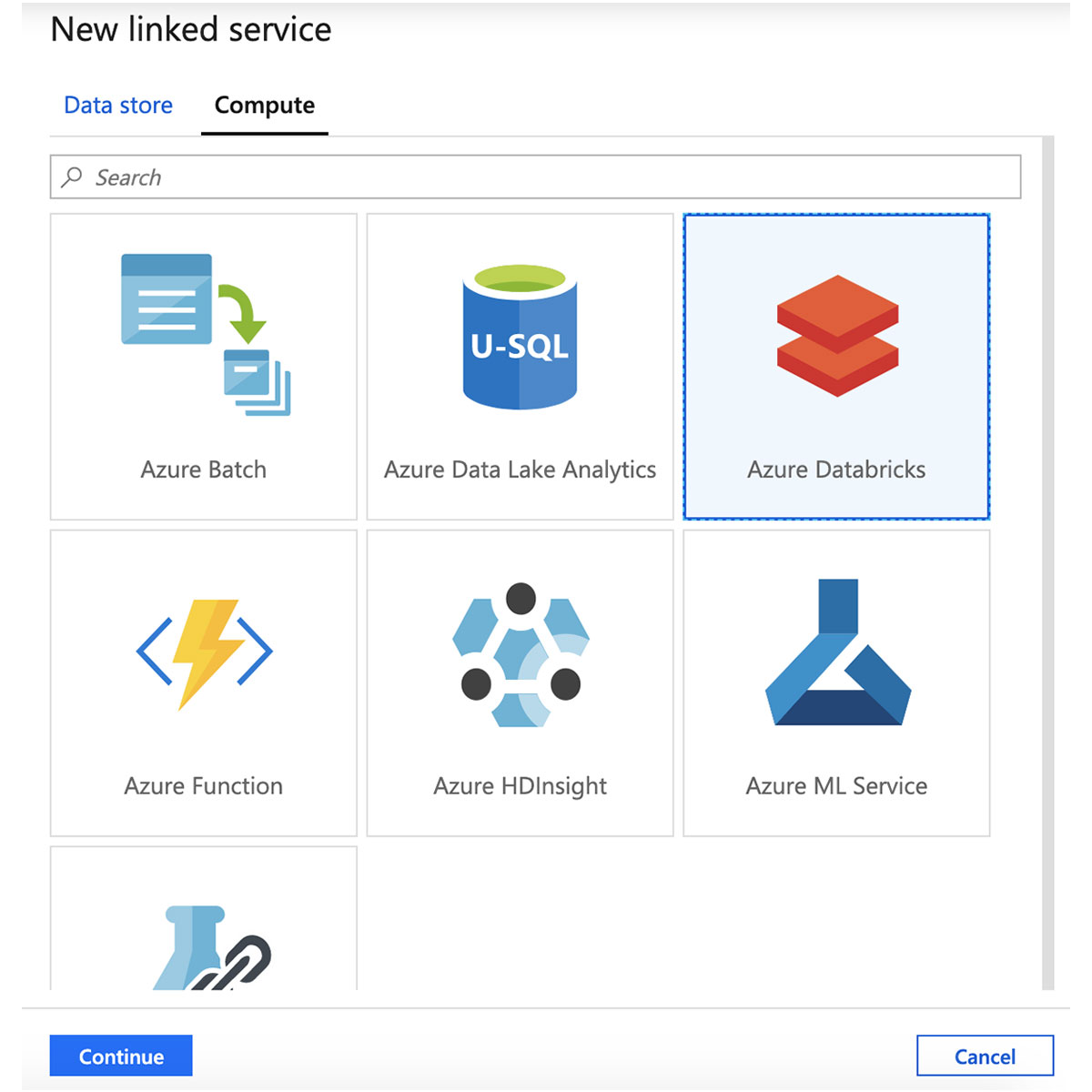

metastore-unicode log all the metastore table definitions including unicode characters archive-missing Import all missing users into the top level /Archive/ directory.
#DATABRICKS WORKSPACE DOWNLOAD#
Cluster will be started.Ĭhoose the file format to download the notebooks (default: DBC)įlag to overwrite notebooks to forcefully overwrite during notebook imports Set the base directory to export artifactsĬluster name to export the metastore to a specific cluster. no-prompt Skip interactive prompt/confirmation for workspace import. Set Verify=False when making http requests. silent Silent all logging of export operations.

azure or -gcp Run on Azure or GCP (Default is AWS) profile PROFILE Profile to parse the credentials h, -help show this help message and exit Optional arguments for import/export pipeline: ]Įxport user(s) workspace artifacts from Databricks This pipeline performs all export and import steps sequentially, and includes checkpointing parallelization features. The recommended method of exporting and importing is by using the Pipeline contained in migration_pipeline.py. These should be added manually using the original user credentials. To disable this behavior, please contact your Databricks account team. Please contact your Databricks support team for information about migrating DBFS resources.ĭuring user / group import, users will be notified of the new workspace and account by default. See mlflow-export-import for comprehensive MLflow migrations.ĭBFS is a protected object storage location on AWS and Azure. MLFlow asset migration is currently only partially supported Feature Store and Model Registry will not be migrated, for example. Support Matrix for Import and Export Operations: Component To use the migration tool see the details below to start running the tool in the order recommended to properly migrate files.
#DATABRICKS WORKSPACE INSTALL#
In order to set up the python environment, clone this repository and python3 setup.py install from the top-level project directory. In this case newWS is the profile name you'll refer to for running the migration tool import_db.py file within the new databricks account. In order to run the migration tool from your linux shellĬreate a profile for the old workspace by typing:ĭatabricks configure -token -profile newWS You'll need easy access to all of these things when running the migration tool. Copy the generated token and store in a secure location.īe sure to keep a file with the url for both the old and new databricks accountĪdd the old and new token and the old and new Instance ID if applicable.Click User Settings Icon Settings in the lower left corner of your Databricks workspace.Generate Access Tokens for both the old and new databricks accounts Admin access to both the old and new databricks accounts in the form of a Personal Access Token.Ĭlick to expand & collapse tasks 1.An environment running linux with python, pip, git, and the databricks CLI installed.Recommended parameters and checkpointing.This package also uses credentials from the
#DATABRICKS WORKSPACE MAC#
Note: This tool does not support windows currently since path resolution is different from mac / linux. Python 3.7 or above is recommended if one is also exporting/importing MLflow objects. This package is based on python 3.6 and DBR 6.x+ releases. To move between different cloud providers, or to move to different regions / accounts. Migration allows a Databricks organization to move resources between Databricks Workspaces, This is a migration package to log all Databricks resources for backup and/or migrating to another Databricks workspace.


 0 kommentar(er)
0 kommentar(er)
